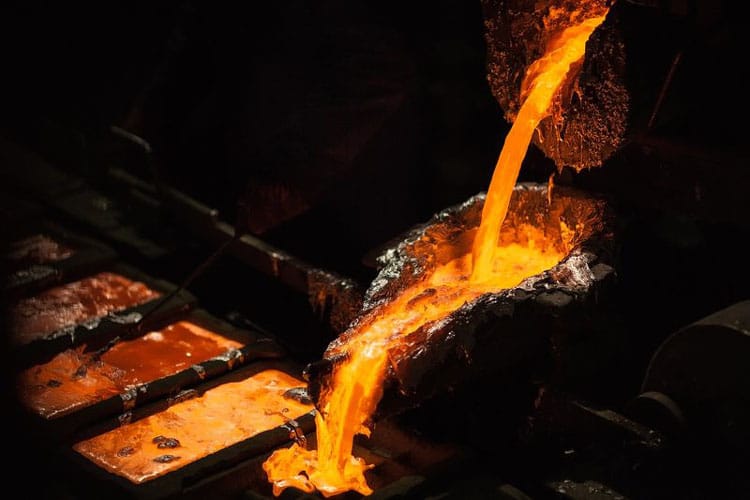In the production of one ton of aluminum, 11 tons of carbon dioxide are emitted into the atmosphere. Apple for its products annually consumes about 15 thousand tons of aluminum, which makes its products very “dirty” from the point of view of the environment. But soon, everything will change, they assure Apple. Thanks to the company’s interest, the production of “green” aluminum has approached the stage of industrial production.
Apple’s move towards carbon-free aluminum smelting saw the company bring together researchers from metallurgical companies Alcoa and the Rio Tinto Group about five years ago. As a result, in 2018, the joint venture Elysis was born, as we reported at one time. Elysis has built a pilot plant near Montreal in Quebec, Canada, where it smelted small quantities of carbon-free aluminum. This metal has already been used in some Apple products since 2019.
The technology of carbon-free smelting of aluminum is so secret that outsiders are not allowed into the plant. It is forbidden to photograph even how the smelting equipment looks from the outside. The developer will live on the sale of licenses from 2024 and keeps everything in the strictest confidence.
In general terms, we are talking about replacing carbon electrodes in the smelting process with electrodes that do not contain carbon materials. In the normal process, enormous currents are passed through the carbon electrodes in the ore bath, so a large amount of CO 2 is released into the air during the electrolysis process and the destruction of the electrodes during the formation aluminum. One aluminum smelter consumes electricity like one small city, and the total contribution of the aluminum industry to the global carbon footprint reaches 2%. It would be good to get rid of all this.
Alcoa and the Rio Tinto Group have jointly developed a process that releases oxygen rather than carbon dioxide during aluminum smelting. This is the next and radical step towards “truly green” aluminum, whereas today, the bulk of “green” aluminum is obtained using renewable energy sources, but the electrodes still “smoke” CO 2.
It is noteworthy that aluminum smelting using carbon-free electrodes is 15% cheaper than the conventional method since carbon electrodes are destroyed within 25 days and must be replaced regularly. Carbon-free anodes can last a year or two without replacement. This is a significant saving in the maintenance of industrial lines.
Two days ago, the company launched a decisive Elysis commercialization stage of the project on industrial aluminum smelting without emissions of CO 2. To prove that she could upgrade conventional aluminum smelting lines to new carbon-free technology, she began installing equipment at one of Alcoa’s conventional smelters in Canada. Competitors are skeptical about the capabilities of carbon-free electrodes in terms of maximum permissible currents in the ore bath. Elysis is going to prove in practice that its technology is mature and ready for mass adoption around the world.
